How To Do Buteyko Breathing: The Hidden Method (5 Steps)
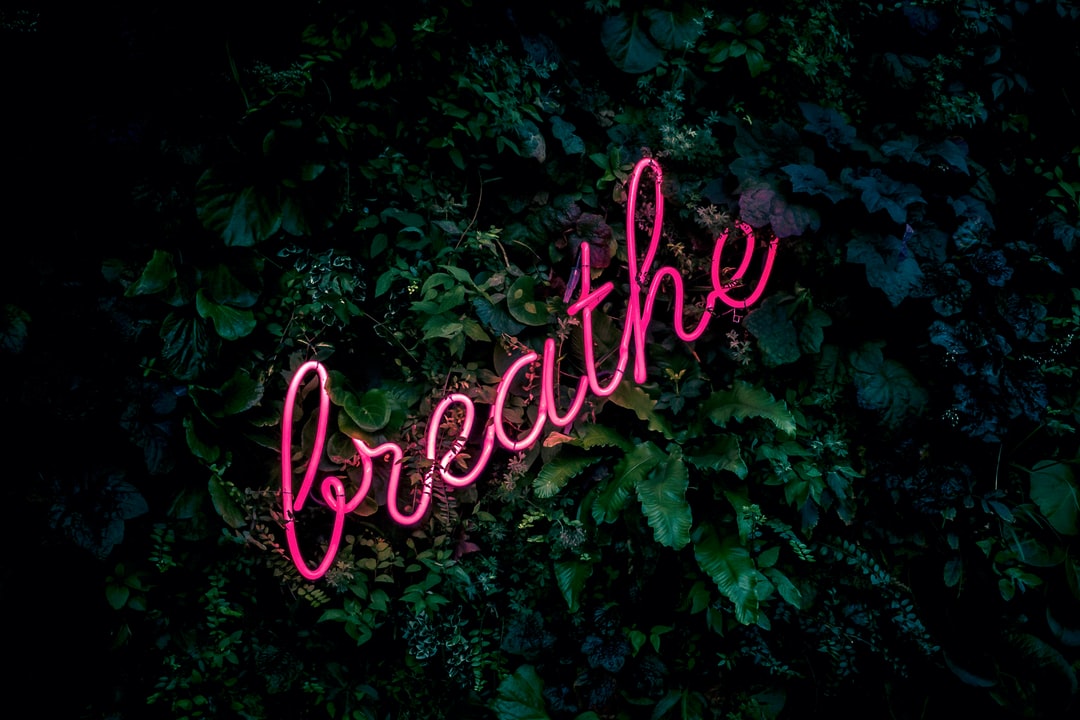
Disclosure:
Written by: Jon Mitchell, PA-C
There's a lot of buzz about breathwork recently.
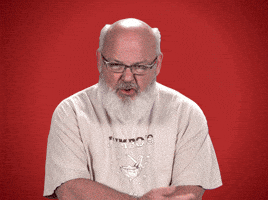
Things like simple meditation, Kundalini breathing, and the Wim Hoff method...
These popular techniques have their benefits...
But there's one type of breathwork that doesn't get much attention... even though it could have profound effects on the body:
I'm talking about Buteyko Breathing.
To find out what it is, why it's so powerful, the benefits, and how to do it... scroll below 👇
What Is the Buteyko Method?
The Buteyko Breathing Method was developed by Dr. Konstantin Buteyko in the mid 20th Century.
He had a hunch that hyperventilation and illness were connected...
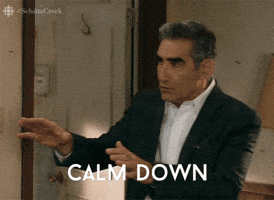
So, he guessed that controlled breathing could help.
After experiments revealed positive results, this technique gained momentum in the fields of medicine and wellness.
We'll talk about how to do it below...
But first — in order to understand why it works — let's talk about metabolism (or how your body creates energy):
How the Body Produces Energy
Energy production goes like this:
You eat food that contains different macronutrients (fats, carbohydrates, and proteins).
Then, these are broken down in smaller components that your body uses for fuel, namely glucose and ketones.
These energy sources can create energy in an oxygen-rich environment (aerobic respiration) or an oxygen-deprived environment (anaerobic respiration).
Aerobic respiration, with a lot of oxygen, is much more efficient compared to anaerobic respiration — so it's the preferred mechanism of energy production.
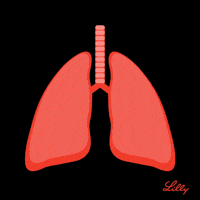
And this efficiency also means better functioning of your cells, tissues, and organs.
So how can we increase the amount of oxygen delivery to your cells?
Enter the Bohr Effect
While many believe taking in more oxygen leads to better oxygenation of your cells...
Here's the twist: It actually doesn't.
This is due to something called the Bohr Effect.
Essentially, your red blood cells bind oxygen tightly in a low carbon dioxide (CO2)/alkaline environment...
Which is what happens within your lungs:
You breathe out CO2, creating an alkaline environment in your blood... and oxygen is quickly bound to your red blood cells.
In order to exchange oxygen between your red blood cells and the rest of your body's cells... they need to be in a high CO2/more acidic environment.
The higher the local CO2 levels, the more oxygen is released.
One way to aid this process is to teach your body to tolerate more CO2.
The Problem with Overbreathing or Hyperventilation
Whether it's due to increased stress, mouth breathing, or poor conditioning...
Too many people regularly hyperventilate, or overbreathe.
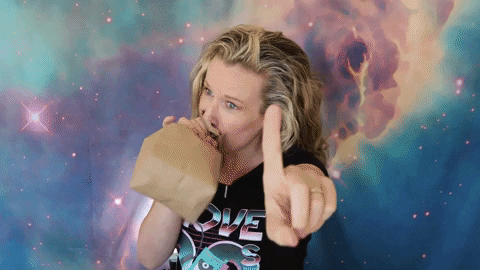
This leads to the body expelling extra amounts of CO2.
And when your brain detects this... it lowers its set point for how much CO2 should be in the blood.
So, over time, overbreathing becomes worse as your brain no longer can tolerate higher levels of CO2.
This leads to less oxygenation of your cells over time — even though you are technically breathing more.
Strange, I know.
Here's a potential solution:
How to Get More Oxygen In Your Blood
By training your brain to tolerate higher levels of CO2...
You could allow your red blood cells to deliver higher levels of oxygen to your body so that it functions better.

In comes Buteyko breathing.
How to Do the Buteyko Breathing Technique (5 Steps)
This breath holding exercise is simple... and it can be done for 10 minutes a day...
Here’s the step-by-step process:
Sit up straight and let your shoulders relax.
Take a small breath in through your nose and a small breath out of your nose. This should take ¼ of a second. Then pinch your nose closed and hold your breath.
Hold your breath until you feel your first definitive sign of air hunger, which means the first time you feel your chest/throat contract or a desire to breathe — even if it is subtle.
Then, release your nose and begin breathing through your nose calmly.
Rest for one minute and repeat 10 times.
You should come out of this exercise breathing normally.
If your breathing rate has increased at all, you've held your breath too long.
The amount of time you can hold your breath before feeling your first definitive sign of air hunger is called your control pause time.
It is normal for most people to test somewhere between 10-20 seconds... but the goal is to get it to 30+ seconds.

Once your control pause time is above 20 seconds you can do the breathing exercises while walking...
But any breathing exercise is generally safer to do while sitting down.
As always, listen to your own body and ask your healthcare professional before trying anything new in your wellness routine.
Benefits of Buteyko Breathing
While there are not many high-quality studies on Buteyko breathing, anecdotal evidence shows that could have the following benefits:
Improved asthma symptoms, including decreased use of asthma medication
Improved athletic performance due to increases in endurance
Decreased anxiety
And improved sleep: With reduced sleep apnea symptoms, including snoring
The Bottom Line
Breathwork has the potential to help our health in many ways...
And the Buteyko method especially could help increase our oxygen levels, reduce asthma symptoms, assist in mental health, improve our sleep, and accelerate physical performance.
If you give it a try, let us know about your experience 👇
---
At UltimateHuman.Org, we talk about what you need to look, feel, and be your best self.
For more on the latest in biohacking, anti-aging, longevity, and health... Join the community by clicking below:
Disclosure:
